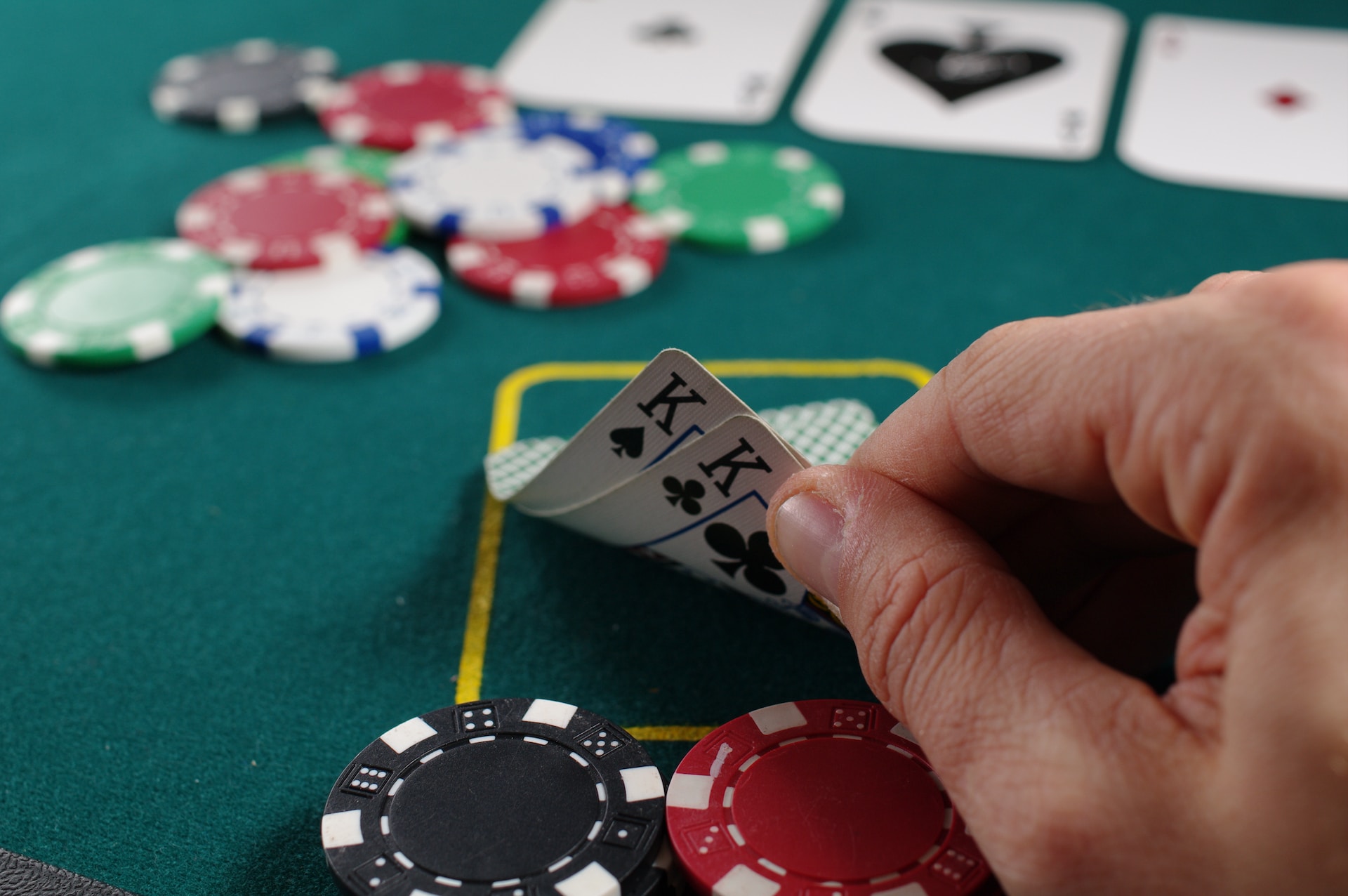Poker, often hailed as a game of skill, strategy, and chance, is as much a mental battle as it is a card game. While mastering the rules and understanding the odds are essential, successful poker players know that the art of bluffing can be a powerful tool in their arsenal. Bluffing, the act of representing a stronger hand than what one actually holds, requires a deep understanding of human psychology and the ability to manipulate opponents. In this blog post, we will delve into the psychological tactics behind bluffing in poker, exploring how players can use them effectively to gain an edge at the table.
Reading Opponents
One of the critical aspects of successful bluffing is the ability to read your opponents. Understanding their playing style, tendencies, and body language can provide valuable insights into the strength of their hands. Observing their betting patterns, such as aggressive or passive betting, can help identify their confidence or hesitation. Additionally, noticing micro-expressions, hand tremors, or subtle facial cues can give away nervousness or excitement, providing clues about the strength or weakness of their hand. Skilled players pay close attention to these details, using them to assess the likelihood of success when attempting a bluff.
Table Image
Table image refers to the reputation a player establishes at the table based on their past actions and behavior. It can significantly influence opponents’ decisions and responses to your bets. Players with a tight and conservative image are more likely to be believed when they place large bets, suggesting a strong hand. On the other hand, players with a loose and aggressive image may face skepticism from opponents when they suddenly bet big. Strategic players can use their table image to their advantage, adapting their bluffing tactics accordingly. For instance, a tight player can exploit their image by bluffing more often, taking advantage of the perception that they only bet when they have a strong hand.
Timing and Bet Sizing
Timing and bet sizing are crucial elements of successful bluffing. It involves carefully choosing the right moment to execute a bluff and determining the optimal amount to bet. Bluffing too frequently or predictably can result in opponents catching on and calling your bluffs. Conversely, never bluffing can lead to your opponents always folding when you bet, limiting your ability to win larger pots. Skillful players understand the importance of balance and adjust their bluffing frequency accordingly. They may choose to bluff in situations where the board texture allows for a wider range of possible strong hands, making it less likely for opponents to call their bets.
Storytelling and Narrative
Effective bluffing is akin to telling a convincing story that justifies the bets being made. Skillful players create a narrative with their betting patterns that aligns with the story they want to convey about their hand. For example, a player might limp into the pot pre-flop, suggesting a weak hand, only to make a large bet on the flop, signaling strength. By constructing a believable narrative, players can lead opponents to make incorrect assumptions about their hand and make decisions that benefit the bluffer. However, it is essential to maintain consistency throughout the hand to avoid raising suspicion.
Exploiting Emotions
Emotions play a significant role in poker, and skilled players know how to exploit them to their advantage. Fear, greed, and ego are common emotional drivers that can cloud opponents’ judgment and lead to poor decision-making. Skilled bluffers manipulate these emotions, inducing fear by representing a stronger hand, enticing opponents’ greed by making bets that appear profitable, or targeting their ego by challenging their skills. Understanding the emotional dynamics at the table and exploiting them effectively can greatly enhance the success of bluffing strategies.
Conclusion
Bluffing in poker is not merely a random act; it is a psychological game that requires careful observation, analysis, and manipulation. By reading opponents, managing table image, timing bets, constructing narratives, and exploiting emotions, players can become proficient at bluffing, gaining a significant edge over their opponents. However, bluffing should be used judiciously and in combination with solid poker skills and strategy. As with any strategy, practice, experience, and a deep understanding of human psychology are essential to mastering the art of bluffing in poker.
